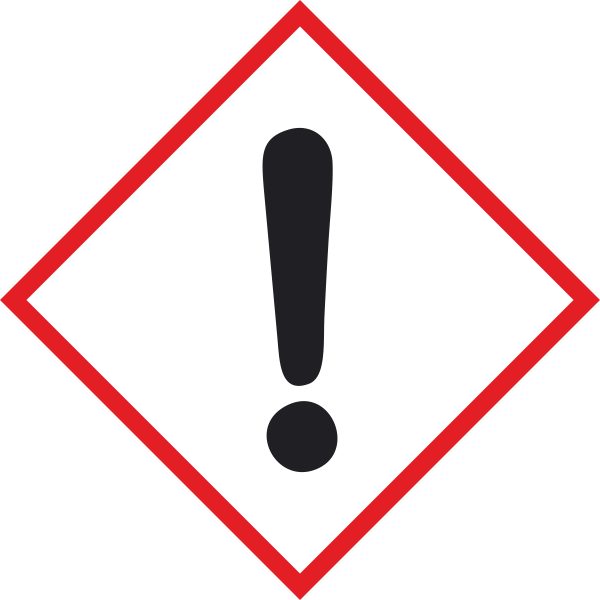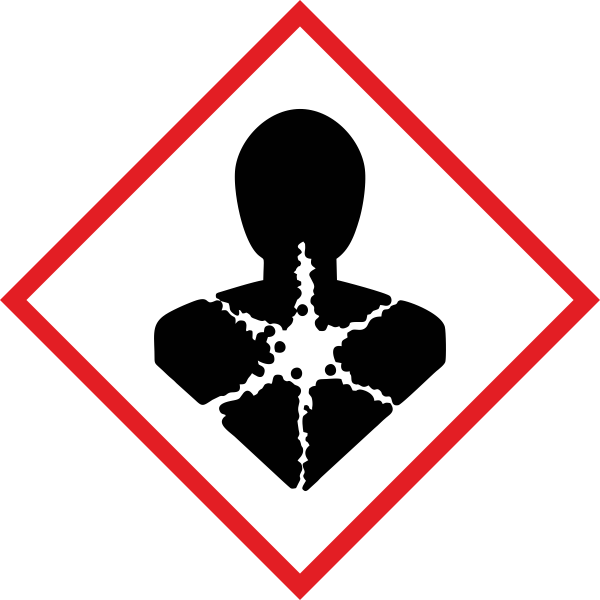Mefenamic Acid 98.0%
98.0%
Properties
| Vapour pressure | 0.0±1.0 mmHg at 25℃ |
| Assay Purity | >98% |
| Refractive index | 1.639 |
| B pt. | 398.8℃ at 760 mmHg |
| M pt. | 230℃ |
| Density | 1.203 g/cm3 |
Safety Information
| Hazard Statement(s) | H302-H361-H362-H370-H371-H372 |
| Precautionary Statement | P501-P263-P260-P270-P202-P201-P264-P280-P308 + P311-P301 + P312 + P330-P405 |
| Symbol |


|
| Signal word | Danger |
| HS Code | 2922499990 |
| Flash point | 195℃ |
| Storage Temp. | Refrigerator |
| Storage Class | 6.1 |
| Packaging | Glass Bottle |
| UN Number | 2810 |
Description
Recommended products
N-Acetyl-L-Cysteine 98%
Application
Mefenamic acid has been used to test its hepatotoxic effect in the transgenic zebrafish cell line (LiPan) to test its neuroprotective functionality in zebrafish embryoslarvae in the preparation of mucoadhesive microparticles in hydrogel beads.
Purpose
For R&D use onlynot for drug household or other uses.
General Description
Mefenamic acid is a member of the anthranilic acid derivatives (or fenamate) class of NSAID drugs and is used to treat mild to moderate pain including menstrual pain and is sometimes used to prevent migraines associated with menstruation. It is not widely used due to its side effects.334 Its name derives from its systematic name dimethylphenylaminobenzoic acid. It was discovered and brought to market by Parke-Davis in the 1960s under brandnames Ponstan Ponstan Forte Ponalar Ponstyl and Ponstel. It became generic in the 1980s and is available worldwide under many brand names. As of 2015 the cost for a typical course of medication in the United States is more than 200 USD.
Documents
| SDS |
| COA |
| Specification |
| Bulk quote order form |
